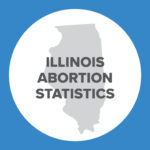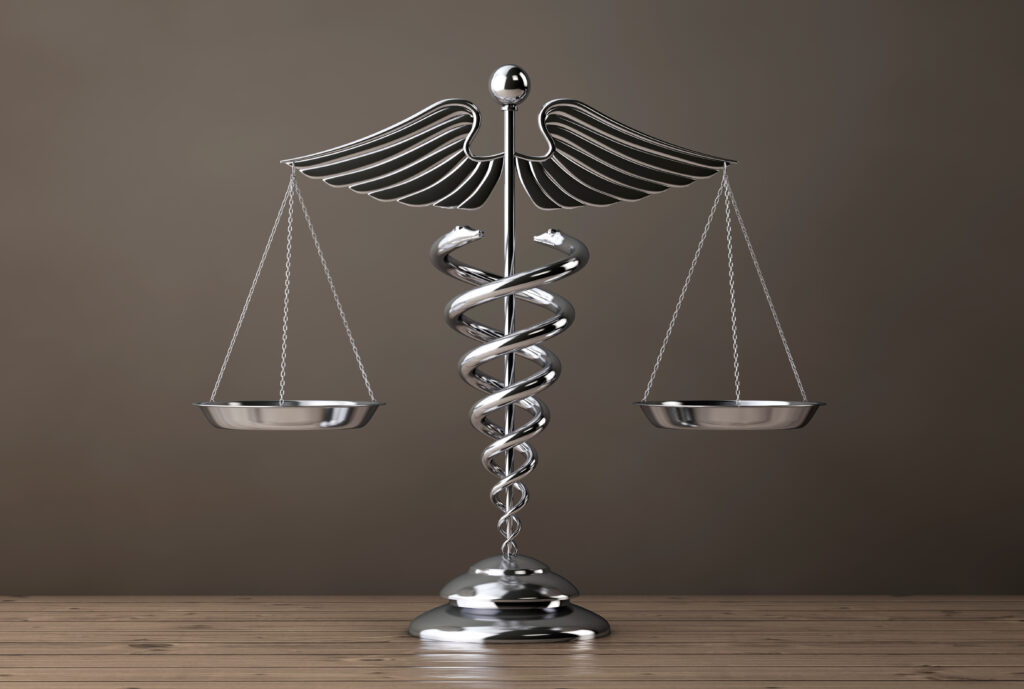Modern-Day Slavery of Human Trafficking
By its very nature the crime of human trafficking strips each victim of his or her humanity. Sex trafficking in particular, which is categorized by law as a “severe form” of human trafficking, rebrands the person as a product to be bought and sold for pleasure. In the United States alone, the Central Intelligence Agency estimates that around 50,000 women and children are trafficked into the United States and as many as 400,000 domestic minors are also involved in the trade each year. These alarming figures testify to the firm foothold that this hidden criminal activity has in the United States.
On September 11, the House Energy and Commerce Health Subcommittee held a hearing on a bill highlighting the importance of healthcare professionals in their role on the front lines of identifying victims of trafficking and responding appropriately. The Trafficking Awareness Training for Health Care Act of 2014, introduced by North Carolina Rep. Renee Ellmers (R), seeks to provide proper training for these professionals to allow them to recognize indicators of trafficking and offer help.
Former Senior Advisor on Trafficking in Persons for the U.S. Department of State and founder of the non-profit Global Centurion, Laura Lederer was one of five witnesses who testified. According to Dr. Lederer’s recent study entitled, “The Health Consequences of Sex Trafficking and Their Implications for Identifying Victims in Healthcare Facilities,” out of the 107 sex trafficking survivors surveyed, 87.7% reported seeking care from a healthcare professional during the time of trafficking. More specifically, the most common point of contact occurred in the emergency room with 63% of victims seeking care there. These new findings – in contrast with the much lower overall 28% figure found in a 2005 study cited in the Hearing Memo – emphasize the significant role that a healthcare provider can play in preventing further abuse.
Definitions of Modern Day Slavery
Human trafficking, or trafficking in persons (TIP), refers to the activity of holding a person in a compelled service, and is a crime under U.S. and international law. The Trafficking Victims Protection Act of 2000 (TVPA) defines sex trafficking in particular as “the recruitment, harboring, transportation, provision or obtaining of a person for the purpose of a commercial sex act.” As one of the fastest-growing criminal industries, TIP generates about $32 billion per year, and it has accurately been referred to as “modern- day slavery.”
“Throwaway Kids”: Early Abuse in the Home as a Precipitator
Twelve to 14 years old is the average age of entry into sex trafficking in the United States. Vednita Carter, a survivor of sexual exploitation and founder of a Minneapolis shelter called Breaking Free, shared this troubling reality with the subcommittee while explaining that pimps actively seek out minors who have run away from home. Lederer emphasized the problem of an abusive family life as it increases the risk of running away and, with it, one’s vulnerability to being trafficked. “In all of the survivors that I’ve interviewed [at least 150 in just this past year], there was something that happened in the home early on – some abuse, either physical, sexual – that drove these children out onto the streets,” she said. She also recalled the heartbreaking name attributed to this homeless population of minors: “throwaway kids,” those who “don’t really have places – homes – where they have a loving environment.” Estimates of this population in America: 1 to 1.5 million.
Carter expounded on the general recruitment process for minors, as a “brainwashing,” composed of two steps: the pimp offers security – a place to stay, food to eat, protection, even affection – then emotionally and psychologically manipulates the minors to feel indebted as well as threatened that the “security” will be taken away.
Abortion Forced on Trafficking Victims
Lederer testified that forced abortion is an “especially disturbing trend in sex trafficking.” Her study shows that 55% of the women surveyed had at least one abortion, and 30% had multiple abortions during the time of trafficking. Of these, more than half responded that the abortion was not their choice, and many responded by saying that the pressure from pimps to continue the trade did not allow for the time to carry a baby. “Notably, the phenomenon of forced abortion in sex trafficking transcends the political boundaries of the abortion debate, violating both the pro-life belief that abortion takes innocent life, and the pro-choice ideal of women’s freedom to make their own reproductive choices,” she continued.
Carter likewise shared a personal account of another survivor: “I got pregnant six times and had six abortions during this time. I had severe scar tissue from these abortions, because there was no follow up care. In a couple of cases I had bad infections—so bad that I eventually had to have a hysterectomy.” These instances of forced abortion cover the crimes, allow for ongoing abuse, and further rob the victim of any sense of humanity as that humanity in her womb is also snuffed out.
Role of Healthcare Professionals
The bill has a practical focus that would direct the Department of Health and Human Services (HHS) to award a grant to an eligible school for the development of evidence-based best practices for healthcare professionals responding to TIP. The school would then develop curricula to train professionals on these best practices, and afterwards design, carry out, and analyze the results of a pilot training program.
Another witness, Dr. Hanni Stoklosa, an emergency physician at Brigham and Women’s Hospital in Boston, emphasized the need for evidence-based and trauma-informed training for all healthcare professionals including dentists and dermatologists to pediatricians and emergency physicians such as herself. Because victims may suffer beatings that include damage to the teeth, and oftentimes are branded on the skin to reflect the sex trafficker’s ownership, these professionals who will be treating victims must be trained properly to identify signs of trafficking, to avoid re-traumatizing or shaming victims, and to provide supportive resources.
The Trafficking Awareness Training for Health Care Act of 2014 recognizes the significant impact that the health care provider can potentially have in rescuing and helping untold victims of human trafficking. The breakdown of the family and the devaluing of human life, including the child in the womb, also continue to merit their own research and action for a more humane culture.
Genevieve Plaster is a Research Assistant at Charlotte Lozier Institute.






















